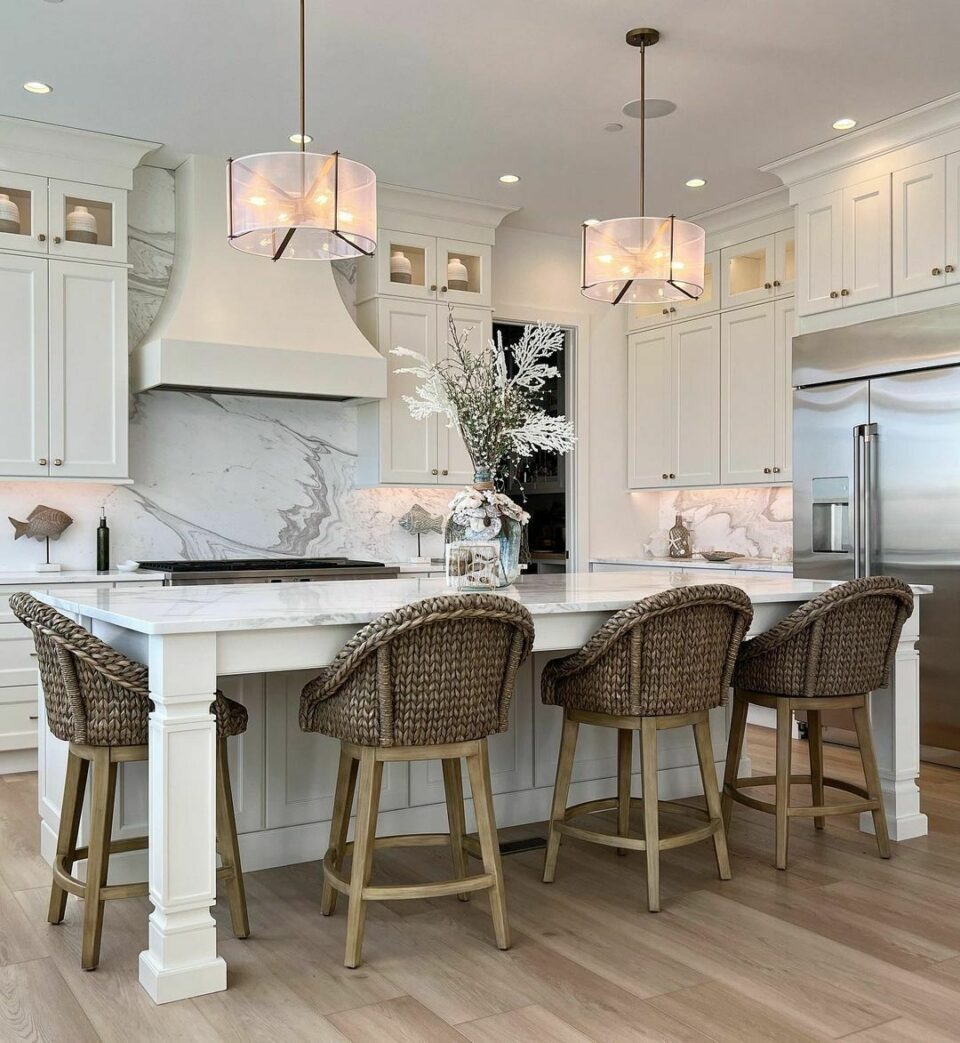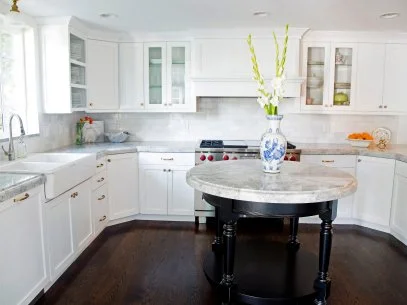Essential Tips for Picking the Perfect Table for Your Kitchen
Picking the ideal eating table for your kitchen area is even more than just a matter of taste; it necessitates a detailed understanding of your room and needs. Begin by gauging your readily available space to make sure adequate clearance for movement. The form of the table plays a critical duty; while rectangular tables fit larger areas, rounded ones foster affection, and extendable alternatives provide adaptability. Material choice is equally essential, with woods offering resilience and glass borrowing a modern-day touch. Finally, the table must balance with your kitchen area's looks and suit your family members pleasantly. What various other factors might affect this important decision?
Procedure Your Area
Picking the optimal dining table begins with a careful analysis of your offered area. This foundational action guarantees that the table not just fits easily within the area but likewise complements the overall format and performance of your dining area. Begin by measuring the dimensions of the space, taking into consideration entrances, windows, and any type of existing furnishings. This will help you establish the optimum allowed size for your table.
It is crucial to leave adequate area for chairs to be pulled out and for individuals to relocate around the table without obstruction. A basic policy of thumb is to enable at the very least 36 inches of clearance from the edge of the table to the local wall surface or item of furniture.
In addition, think regarding the number of people you typically entertain and whether you need additional space for guests. Going with an extendable table can offer adaptability, permitting you to accommodate differing numbers of diners. By accurately measuring your space, you prepared for selecting a table that enhances both the visual appeals and capability of your eating area.
Choose the Right Forming

On the various other hand, round tables are exceptional for smaller sized kitchen areas or intimate celebrations, as they promote conversation by permitting everybody to encounter each other. They also supply a feeling of coziness and can fit well in tighter rooms due to their absence of sharp edges. Oval tables offer the ideal of both globes, combining the length of rectangular tables with the affection of round ones, making them flexible for numerous setups.
Square tables are one more choice, specifically suited for square-shaped rooms. They produce a balanced and modern appearance, cultivating an equal eating experience for all seated. They might be much less practical for larger gatherings unless they come with extensions. Ultimately, the shape you select must straighten with your area measurements and way of living to ensure both form and function.
Material Considerations
When choosing an eating table, product considerations are paramount in determining the table's durability, upkeep needs, and total visual. Wood is a timeless option, offering classic charm and robustness.
Glass-topped tables give a modern-day, sleek appearance and can make a space show up larger as a result of their transparency. They call for constant cleansing to stop smudges and finger prints. In addition, solidified glass is advised for its additional toughness and security.

Lastly, composite products like MDF (Medium-Density Fiberboard) or plywood are budget-friendly choices. These products can imitate the look of strong wood but might not use the exact same long life. They are generally less complicated to tidy however can be susceptible to water damages if not effectively sealed.
Inevitably, the option of material should straighten with your kitchen's design, your way of life requires, and your spending plan constraints. (kitchen island legs)
Seating Ability and Convenience
Exactly how do you determine the right seats capability and convenience for your dining table? This important action includes analyzing both the physical room offered in your kitchen and your family's useful requirements. Begin by gauging your kitchen area to make sure the table fits comfortably, allowing at the very least 36 inches of clearance around it for very easy motion. Take into consideration go to my site the number of individuals that typically eat together, as this will affect the table dimension. For a family of four, a rectangle-shaped table of 48 inches long or a round table with a 48-inch size is usually adequate.
Convenience is equally necessary. The elevation of the table should preferably be around 30 inches, giving a well balanced ergonomic stance for seated diners. Chairs ought to sit elevation of 18 to 20 inches to ensure a comfortable eating posture. Additionally, think about the chair style; encouraging back-rests and upholstered seats can boost eating convenience considerably, particularly during extended meals.
Style and Appearance
Picking an eating table that fits your style and visual appeal involves stabilizing individual taste with the existing design of your dining room. The table is commonly the focal point of the kitchen area, and its layout needs to match the general theme of the room. Whether your cooking area flaunts a contemporary, minimal look or a rustic, farmhouse charm, the table you pick must balance with these elements to create a natural and welcoming ambience.
Take into consideration materials very carefully; wood offers a classic allure and can range from rich mahogany for a traditional look to lighter oak for a modern feeling. Steel and glass tables, on the other hand, can introduce a streamlined, commercial edge to your kitchen area. Don't forget the table's shape-- rectangular tables are versatile and traditional, while round and oval choices can foster an extra intimate dining experience.
Additionally, pay attention to finishes and information. A distressed coating may include personality and warmth, whereas a shiny surface can contribute to a tidy, contemporary visual. Inevitably, your table need to not only in shape flawlessly into your cooking area's design however also show your individual design, raising the room both functionally and visually.
Verdict
Finally, choosing the optimal eating table for a kitchen requires mindful analysis of space, shape, product, seating capacity, and aesthetic consistency. Guaranteeing a minimal clearance of 36 inches helps with comfy movement, while the choice of shape improves spatial dynamics. Material selection effects resilience and style, official source making it essential to line up with have a peek here the cooking area's total visual. Inevitably, a well-chosen eating table cultivates an inviting ambience and accommodates the household conveniently, therefore improving the eating experience.

When choosing an eating table, product factors to consider are critical in establishing the table's sturdiness, upkeep needs, and general visual. For a family members of four, a rectangular table of 48 inches long or a round table with a 48-inch diameter is normally enough.
Do not neglect the table's form-- rectangular tables are functional and timeless, while round and oblong options can foster a much more intimate eating experience. kitchen island legs.